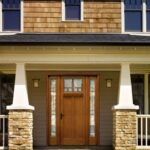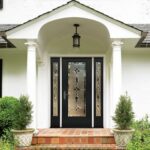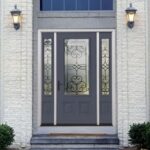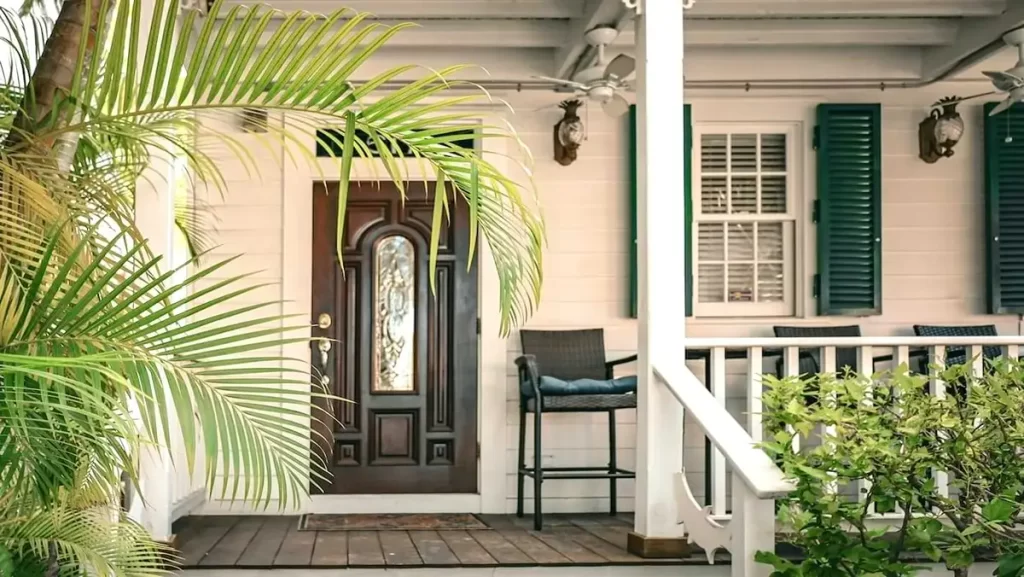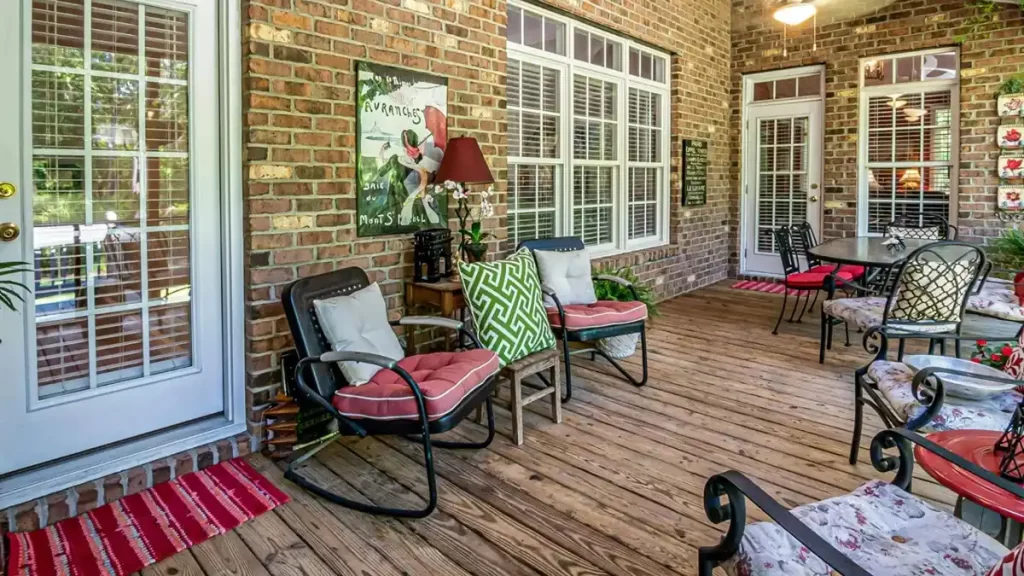Is it time to replace your home’s front door? If it looks shoddy and does a poor job of keeping out the weather, now is a great time to buy a stunning new door that will add to your home’s value, improve comfort, increase energy savings and ensure security.
A new front door can give your home instant curb appeal. The front door, after all, is a key focal point and one of the first impressions visitors have when they arrive at your home. As such, a new door can significantly contribute to your home’s style and character, increasing its value.
Many of today’s doors are designed to do a great job of shutting out the weather and holding-in home energy. Construction from durable, insulated materials combined with integral weather stripping systems help these doors maximize comfort by reducing drafty air leaks, and they save energy by preserving expensively heated air in the winter or chilled air in the summer.
Some new doors, due to their construction, can also make a home quieter by blocking or reducing traffic and neighborhood noise.
And of course, a new door can improve security. Strong materials (such as steel doors) and sophisticated multi-point locking systems provide an excellent barrier against intruders.
It only makes sense to buy a new door before you desperately need one, and when the weather is nice. Though you can remove and replace a door on any clear day, Mother Nature will freely come and go when you remove the door, so it’s best to handle this improvement before winter cold arrives.
Note: An Energy Star sticker alone does not guarantee that a door qualifies for this program. For more about the credit, visit the Energy Star site.
Understanding Door Materials
Historically, entry doors were usually made from wood. Today’s doors, however, are made from wood, steel or fiberglass composites—or a combination of these materials.
Though real wood doors have natural beauty, they are vulnerable to weathering, especially from direct sun and rain, so they need considerable care and maintenance unless they’re installed in a well-protected area. Real wood doors have very little insulation value, so they don’t qualify for tax incentives.
Fiberglass composite and steel doors, on the other hand, are designed to last for decades in severe weather conditions. Most have a foam insulation core that gives them excellent energy performance. Many have a surface that, when stained or painted, resembles wood.
Doors that meet Energy Star requirements are actually more than doors—they are entry systems. With an entry system, an insulated door is pre-mounted in a frame that includes jambs, threshold and interlocking weather stripping. Everything is part of the system, from hinges to dual- or triple-glazed windows (“lites”) and the lockset. With some models, side lites provide light and views at one or both sides of the door.
Replacing a conventional door with an entry system is a significantly bigger job than replacing a door with one of the same size because the wall framing that holds the door’s frame must be rebuilt and the area around the opening may need to be repaired.
Where & How to Buy a Door
Doors are sold online, at major home improvement centers, at lumberyards, at millwork shops and through local distributors and dealers who represent door manufacturers. Manufactured entry systems are made primarily by large companies such as Jeld-Wen, Andersen, Masonite, Pella, Fortune Brands and Marvin. Most companies are happy to offer an in-home consultation and free estimate.
It’s smart to go to a store or showroom so you can see what you’re buying. If you do go to a dealer, plan to be armed with measurements. For a simple door replacement, measure the old door’s width, thickness (normally 1 3/4 inches) and height (normally 6 feet, 8 inches). Then note the direction the door swings. From inside, if the doorknob is on the right, it’s a “right-handed” door; if it’s on the left, it’s a “left-handed” door. When ordering, it’s smart to sketch a birds-eye view of the door and its direction of swing to avoid any confusion.
If you’re buying an entry system you’ll need to measure the thickness of the wall so you can order the proper width of jamb, too—you can usually just measure the old doorjambs. When ordering an entry system, be sure all the components are made by the same manufacturer to ensure that they’re designed to go together. All weather stripping should seal tightly and the threshold should interlock with the door’s bottom edge.
Regardless of who makes the door you’re interested in buying, inquire about the length of the warranty—the best doors have a limited warranty for as long as you own and occupy the house; some warranties are even transferrable to the next owner when you sell the house. You can read or download most manufacturers’ warranties online.
High-quality steel and fiberglass doors are manufactured with an insulated separation called a “thermal break” that prevents outside temperatures from being conducted through the door. If you live in a cold climate, a good thermal break is a must to keep frost from forming on the door’s inside surface.
The cost of installing a new entry door, as with most home improvements, depends largely on the quality of the materials, regional labor costs and installation conditions. The price for a door alone starts at about $400 for a wood door. A pre-hung hardwood door system with side lites can easily run $4000 or more. The best way to nail down costs is to figure out what you want and then get bids.
Though a high-quality door may cost you a little more, its energy efficiency, low maintenance, smooth operation and great looks will pay you back for years.
This article, written by HomeTips’s Don Vandervort, was originally posted on US News.com.



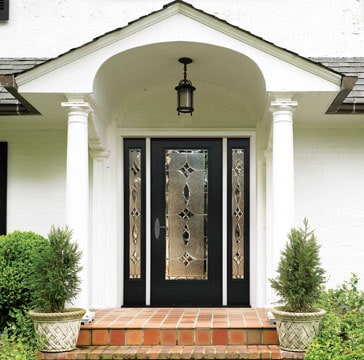


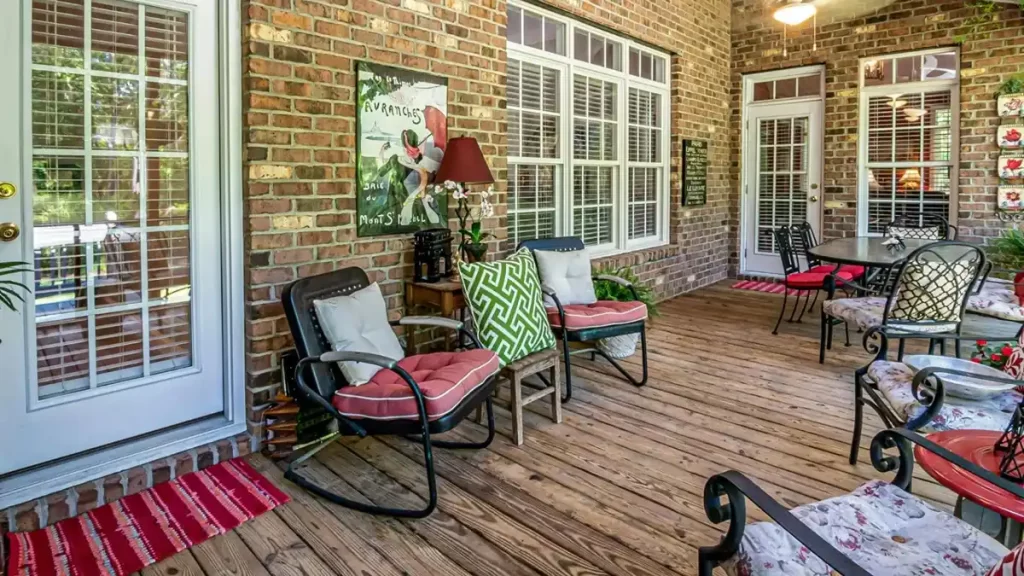
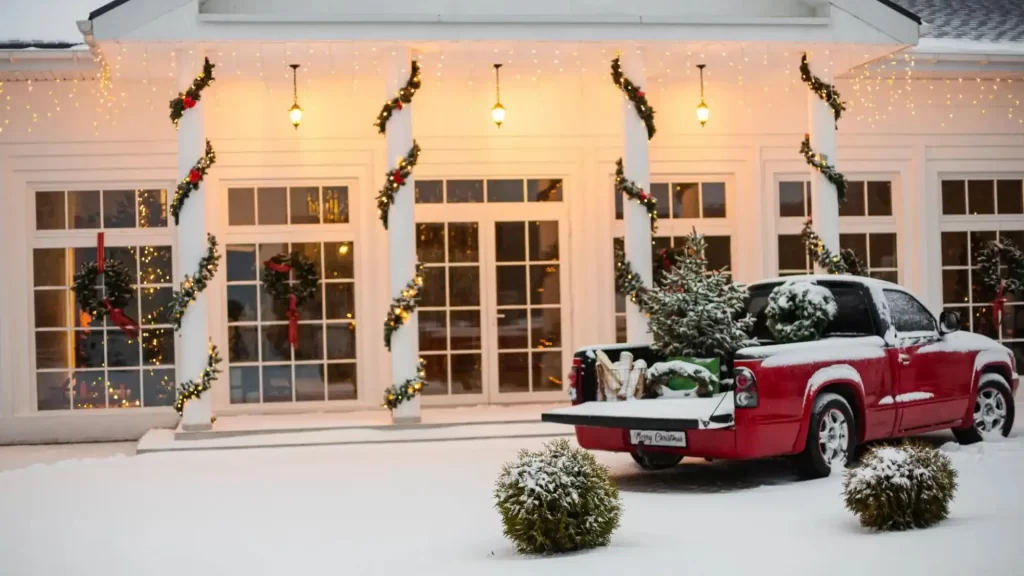
 Don Vandervort writes or edits every article at HomeTips. Don has:
Don Vandervort writes or edits every article at HomeTips. Don has:
